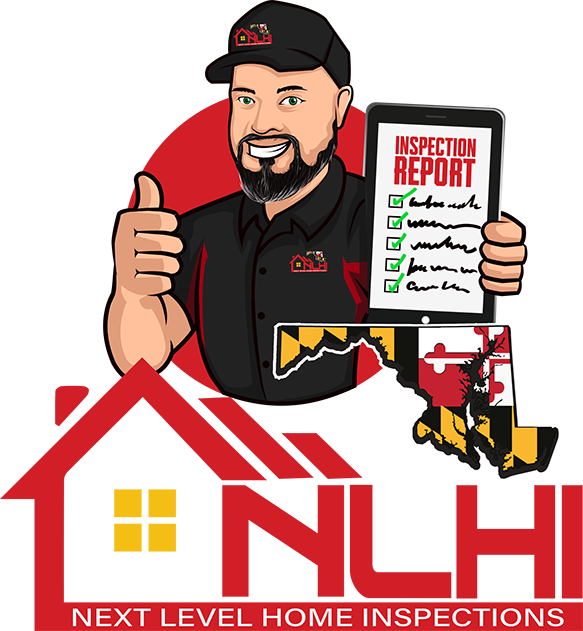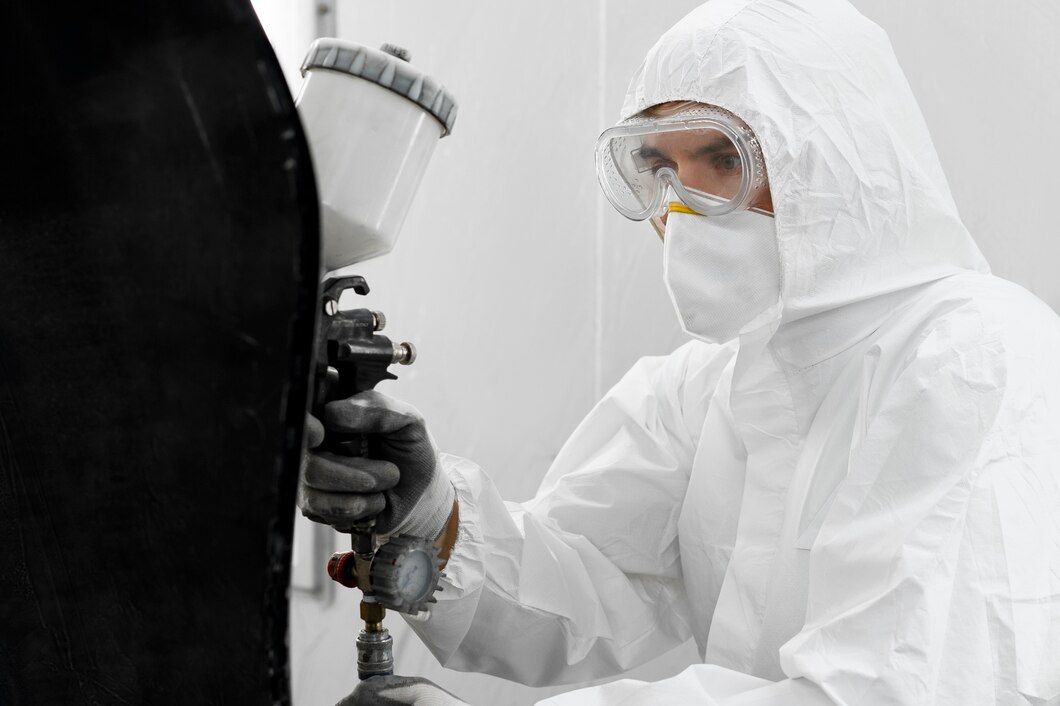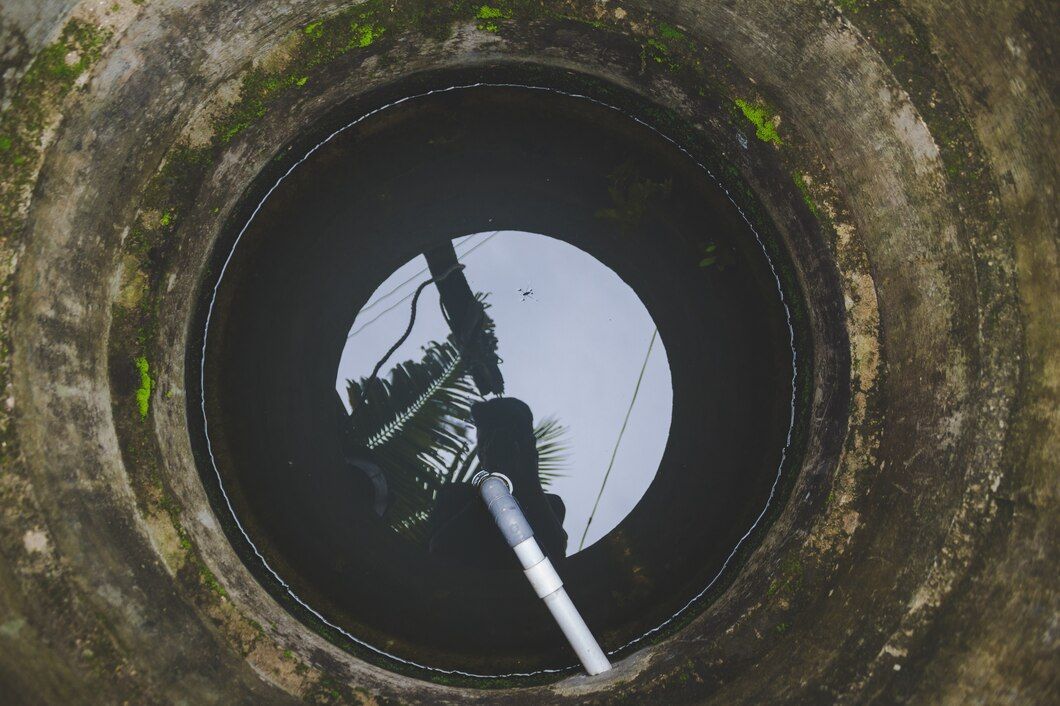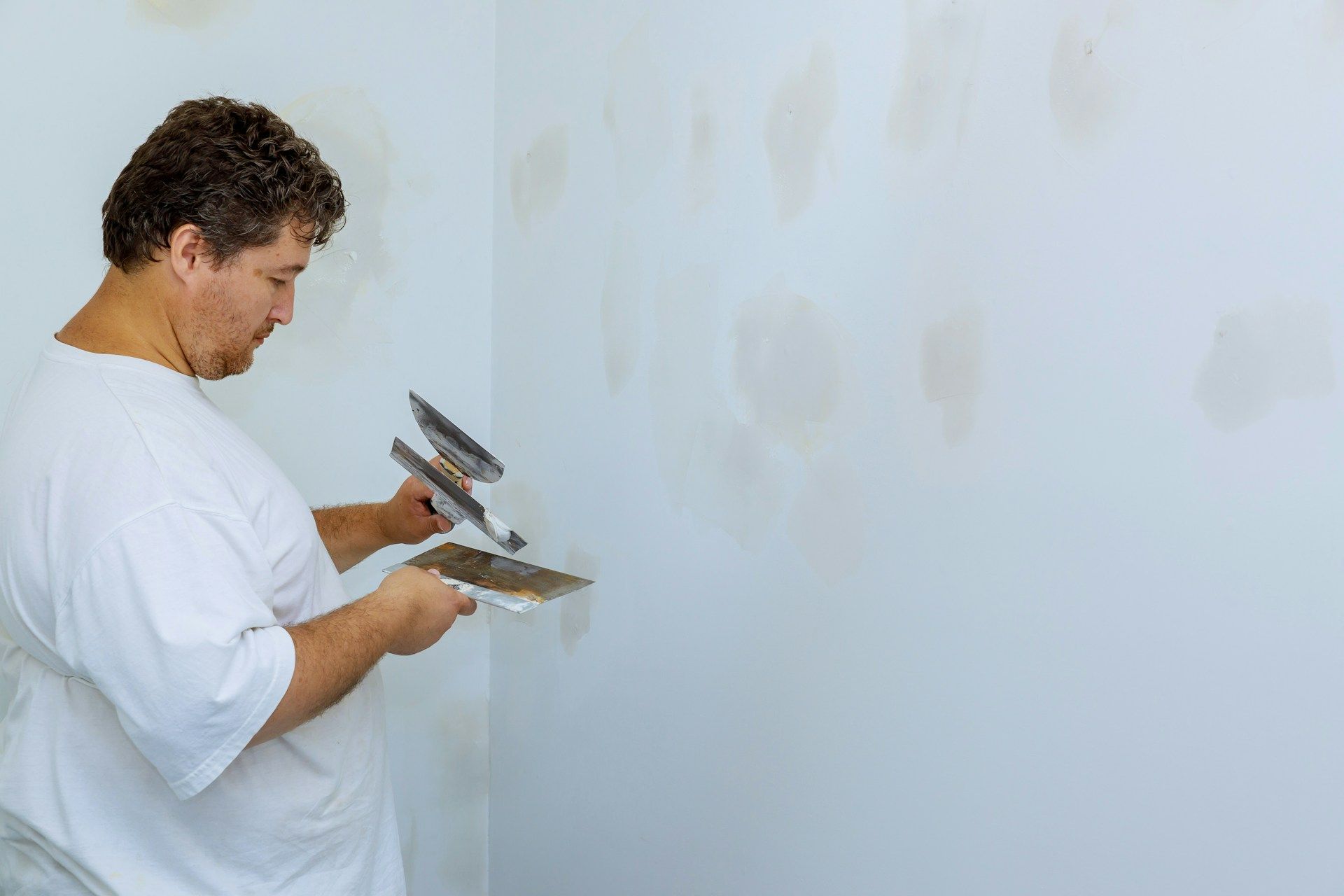Lead Paint Inspection
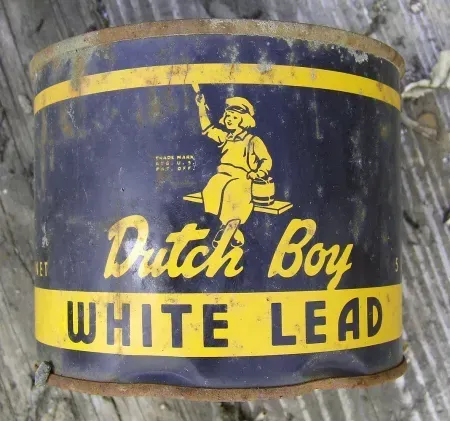
When looking at homes in Maryland for sale or purchase, the question of whether or not the homes have lead paint should be one of the most important questions to ask. Homes built before 1978 frequently utilized paint containing lead, which is known to pose significant health concerns, particularly to children. This article's objective is to provide prospective homebuyers and present homeowners in the state of Maryland with information regarding the lead paint inspection process.
Lead Paint Testing for Prospective Homebuyers
If you are considering purchasing a home in the state of Maryland, it is imperative that you have the home inspected for lead paint as soon as possible. Any home or apartment in Maryland that was constructed before 1978 is required to pass a lead paint inspection before it can be put up for sale or rented out. This piece of legislation was enacted with the intention of protecting customers and tenants from any potential lead risks.
In the state of Maryland, lead paint checks must be carried out by a licensed lead inspector or risk assessor. A visual inspection will be carried out by professionals after they have collected paint samples from various parts of the house, such as the walls, ceilings, and molding. After being collected, the samples are delivered to a laboratory in order to undergo analysis.
The lead paint inspector will provide a report that discusses the type and scope of any lead paint dangers that they discover. In addition to this, the report will provide recommendations for either resolving the issue at hand or eliminating the cause of the issue. An examination of the building's paint for lead content is not a failsafe approach for identifying whether or not a structure contains lead. However, it can assist buyers in making informed decisions about whether or not to follow forward with the purchase of the home.
Inspections of Lead Paint Performed on Homeowners
Even if you already own a property in the state of Maryland, it is imperative to have any home that was built prior to 1978 inspected for lead paint. This is the case even if you do not have any lead paint in your home. Even if you've lived in the same house for a very long time, there's a chance that lead paint is still there if it's ever been painted over or repainted in the past.
By having a lead paint check done on your home, you can protect your family from any potential lead poisoning that may occur. Dealing with lead contamination can be done in a variety of different ways. Depending on the circumstances, lead paint can either be encapsulated (which means to seal it), enclosed (which means to cover it), or removed (which means to strip it).
Take note that any work involving the removal or abatement of lead paint should only be done by a licensed lead abatement contractor. If you try to remove lead paint from your home on your own, the danger of lead exposure that you and your family face can significantly increase.
Conclusion
The use of lead paint in St Charles, MD is associated with a severe risk to human health, particularly that of children. If you plan to buy a home in Maryland or currently own one there, you should have it inspected for lead paint as soon as possible. It's possible that the judgment of a certified lead inspector or risk assessor might be quite helpful in determining whether or not lead hazards exist in your home and how severe they are. In the event that lead is found, the elimination of the associated risk necessitates the services of a qualified and licensed lead abatement professional. If you adhere to these principles, both the security of your household and the market worth of your property will increase.
Next Level Home Inspections is a family owned and operated business capable of providing full home inspections in Maryland that include radon and water testing as well as drone and thermal imaging.
NAVIGATION
Next Level Home Inspections is a family owned and operated business capable of providing full home inspections in Maryland that include radon and water testing as well as drone and thermal imaging.
NAVIGATION
LOCATION
